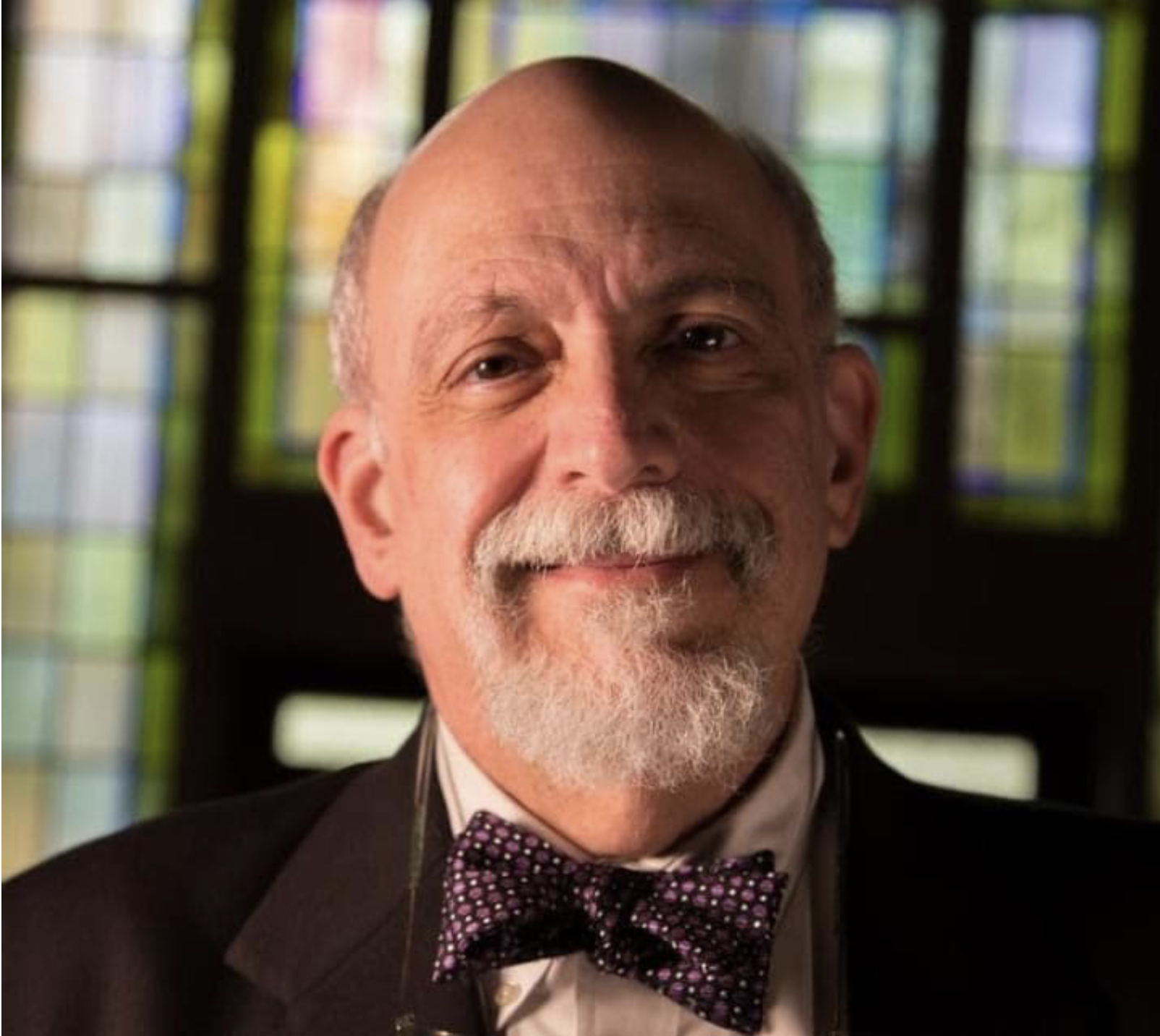
Rabbi Paul S. Drazen (1951-2018) spent two-thirds of his rabbinic career serving individual congregations and one-third on the staff of USCJ, all the while creating programs and educational opportunities to make Jewish observance and practice clear, accessible, and attainable for everyone.


Exploring Judaism is a home for the Torah of Conservative Judaism, embracing the beauty and complexity of Judaism, and our personal search for meaning, learning, and connecting. There is always something to learn and explore.